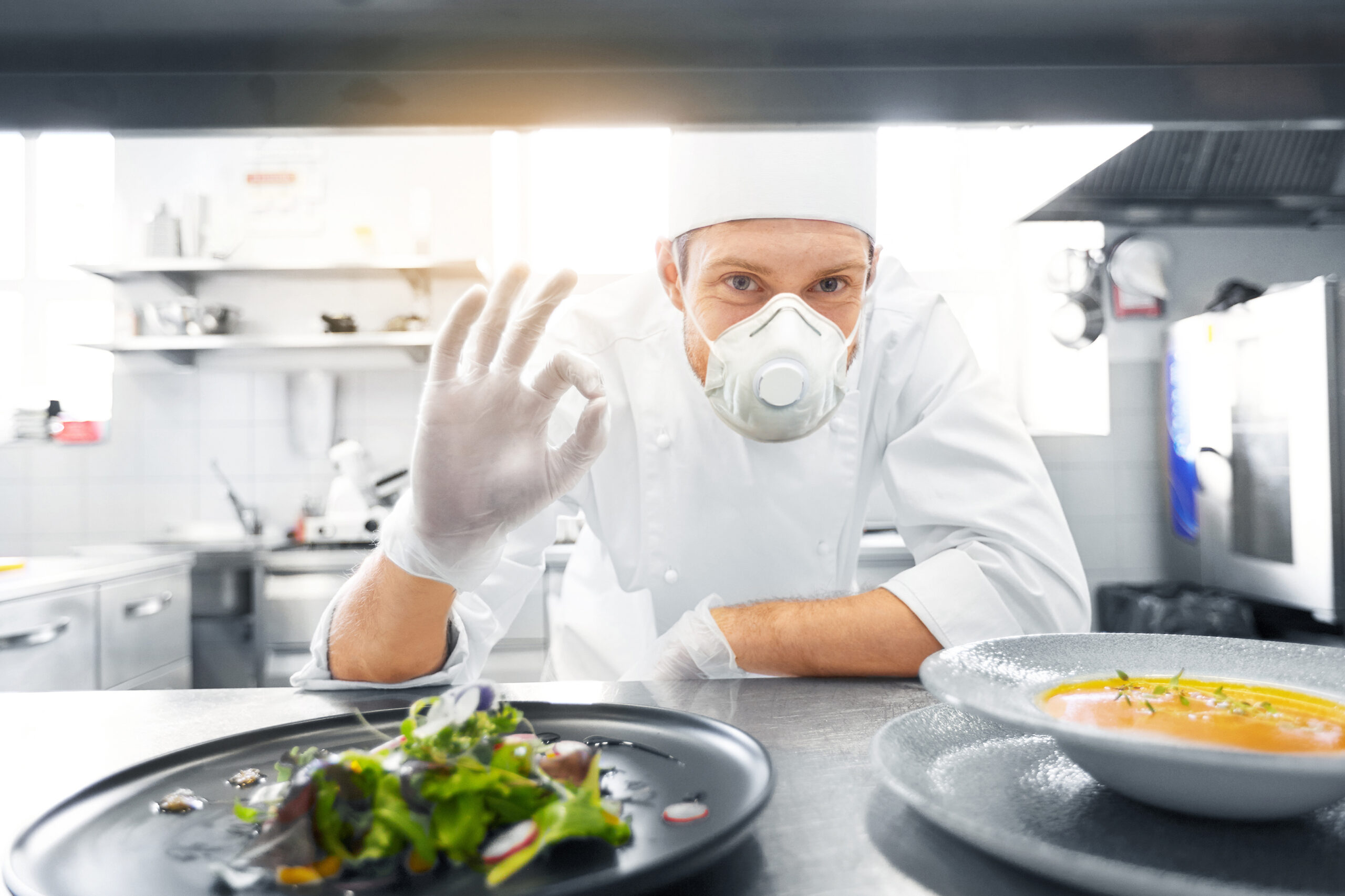Given the current global circumstances, it’s no secret that food safety challenges are unprecedented.
Given the current global circumstances, it’s no secret that food safety challenges are unprecedented. In fact, in recent years, a stream of headline garnering food safety incidents has permanently altered the landscape. Consumer awareness of food safety is greater, incidents seem to be occurring more frequently, and information (and misinformation) spread faster than ever.
“There’s never been a time that’s more challenging for a CEO in the industry,”
says David Garfield of consultancy AlixPartners told Fortune Magazine.
Major food companies and brands have been taking big steps to adapt. For example, in recent years, Nestlé, Mondelez International, Kellogg, Hershey and other major players among the world’s biggest food companies have replaced CEOs with leaders who are bringing fresh thinking to their roles.
And that was before COVID-19, whose ferocity in crippling the restaurant industry has significantly exacerbated and accelerated these trends.
The goalposts on competitiveness are shifting and the business risks are multiplying.
When it comes to food safety and brand reputation, everything that worked before is no longer enough or may not even apply in today’s reality. We’re facing new risks that can easily jeopardize market success. Those who can’t keep up will fall behind if there are no preventive measures in place.
A key skill needed for a food service operations to differentiate itself from its competitors is the ability to transform quickly. Every time a competitor adopts new leadership, new priorities and a newfound openness to forward-thinking innovations, it puts renewed pressure on the industry to innovate business practices.
This is much larger than just food safety, of course.
Everyone is facing challenges in every aspect of their business. They are having to contend with problems that their predecessors never had to consider. The supply chain is more complex and global than ever. Operations are more digitized as well. The nature of the workforce is changing rapidly and COVID-19 has turned the restaurant industry upside-down.
Today, competitive differentiation in food safety means doing more than reacting.
All of these changes have significant implications for food safety risk and if modern organizations want to keep up, they have to update their food safety policies and practices as much as anything else. Food safety today requires renewed leadership. Improvements must come from the top, not just the front-lines in order to be successful.

Leaders that are successful, are shifting away from the reactive “break-fix” mentality of responding after-the-fact to food safety failures. In fact, even a “preventive” approach may not be enough anymore. Today’s world requires a fully proactive risk mitigation strategy that uses modern technology to predict impending problems before they strike. This is done by spotting fluctuating equipment temperatures, irregularities in checklists, etc. It also requires enabling store personnel with the proper tools to implement active managerial controls. In this way, stores can identify problems before they occur and put measures in place to counteract those potential dilemmas.
The COVID-19 pandemic is shifting the goalposts even further.
With the market landscape already shifting, COVID-19 has now taken everyone for a sharp turn. Brands are facing unprecedented safety risks, regulatory requirements and operational constraints. At the same time, guests require a whole new level of reassurance that when visiting your operation they will be safe and the brands can credibly offer those assurances which will have an advantage in today’s marketplace.
So how can brands keep up with these rapidly changing goalposts while simultaneously navigating a-once-in-a-century pandemic? It’s no easy feat! Many restaurants have already failed to keep up: ABC News estimates that nearly 16,000 restaurants have already permanently closed due to the pandemic.
Action is required. But what can operators do to keep up in this environment? Here are the top five steps to assist along the way.
1. Stay up to date with changing regulatory guidelines and best safety practices.
An app that aggregates current guidelines and updates in one place in real-time, like ComplianceMate, can be a huge time-saver. Given that health experts’ recommendations are changing as their understanding of the pandemic becomes clearer and more sophisticated, restaurants need to be able to keep up with the latest best practices.
2. Re-train employees.
Employees will need adequate training and guidance if they are to implement safety changes and new practices reliably, consistently and accurately. Ideally, instructions should be integrated directly into the operational tools, checklists and workflows they use normally.
3. Update food safety for changes toward takeout, delivery and drive-thru.
Changes in how food is offered to guests – i.e., new emphasis on delivery, takeout, and drive-thru formats, may require new or updated food safety checks and processes (e.g., additional temperature checks and cleaning protocols in the takeout area). Ensure food safety workflows and checklists all account for any changes.
4. Take cleaning and sanitation to the next level.
Cleaning in the COVID-19 era must be done more frequent and more thorough than ever before. But how can brands know if their individual stores are adhering to these guidelines? Your food safety systems must be able to capture and communicate data that can verify and validate that appropriate cleaning actions have been taken on schedule.
5. Reconfigure kitchens and workflows.
The kitchen itself can be an inadvertent vector for transmission if it remains as crowded as normal. This includes any outgoing food areas. If the store has shifted to more delivery and takeout, increases risks of food falling into unsafe temperatures while it waits.
ComplianceMateª streamlines HACCP compliance checklist and cooler monitoring for thousands of restaurant locations across the US and globally. With award-winning wireless temperature sensors, mobile technologies, and easy-to-use tools, ComplianceMateª gives users total control over food safety and compliance.
{{cta(‘877fbfbf-2096-49e3-bf89-1a23173633dd’,’justifycenter’)}}
ComplianceMateª streamlines HACCP compliance checklist and cooler monitoring for thousands of restaurant locations across the US and globally. With award-winning wireless temperature sensors, mobile technologies, and easy-to-use tools, ComplianceMateª gives users total control over food safety and compliance.



